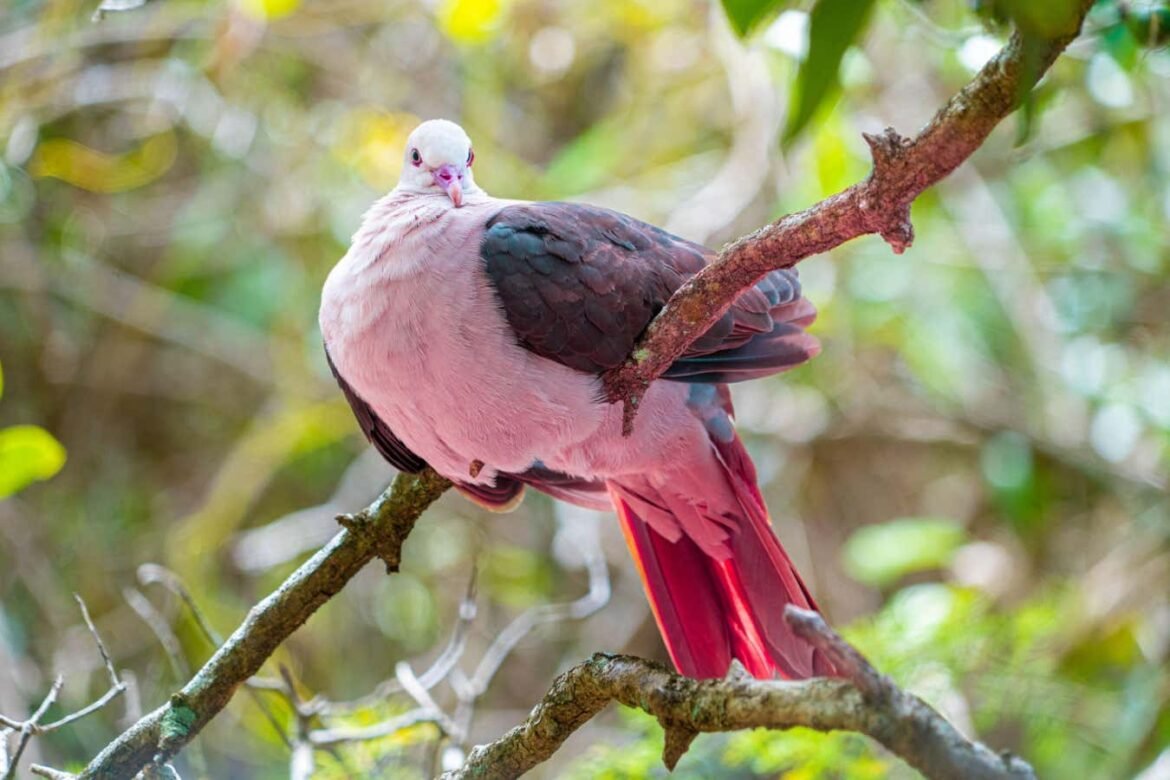
Vikash Tatayah had never heard of Colossal Biosciences until the Texas-based company announced plans last year to bring back the dodo. Widely known for wanting to “de-extinct” the woolly mammoth, it said it was making strides in the genetic engineering of dodo-like birds, which would then be brought to Mauritius, one of the Indian Ocean’s Mascarene islands and the dodo’s sole habitat before extinction.
As conservation director at the Mauritian Wildlife Foundation, Tatayah had worked for decades to conserve the nation’s surviving endemic species, from the Mauritius fruit bat to the pink pigeon, a dodo relative. So he was surprised that his organisation wasn’t in the loop – and somewhat sceptical of the motives behind the multi-million-dollar project. “I was the first to say, ‘Hold on. There are a lot of other species of plants and animals on Mauritius that are threatened. That money could be better spent.’”
Whether genetic engineering should be used for conservation remains contentious, and many are especially wary of de-extinction. But a year later, Tatayah sees the potential return of the dodo as a way to simultaneously rescue endangered species – in particular the pink pigeon. “We are very keen for the dodo to be brought back,” he says.
Often overlooked is that the biotech breakthroughs Colossal and others are working on could have important collateral benefits. They could clear a path to using genetic tools to quickly help a whole range of animals resist the pressures they face from a changing environment. “The pace of change is faster than evolution by natural…

